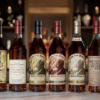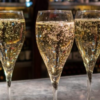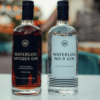DC Dating Nightmares: Dating Expert Andrea McGinty makes Finding Love Easier with 33000Dates.com
DC Dating Nightmares: Dating Expert Andrea McGinty makes it easy with 33000Dates.com
We’re with Andrea McGinty, dating expert from 33000Dates.com

Dating Expert Andrea McGinty makes it easy with 33000Dates.com
Today’s conversation has been edited for length and clarity. For the full, un-edited conversation, visit our YouTube channel here.
So often we talk about food and wine and it’s usually for dates, romantic nights out, date night, anniversaries, vacations.

Dating Expert Andrea McGinty makes it easy with 33000Dates.com
Today we’re going to get to the source of what those date’s are actually about. So with us is a dating expert, Andrea McGinty from 33000dates.com.
Joe Winger:
So just to start things off, what inspired you to become a dating coach?
Andrea McGinty:
You mean what inspired an accounting / finance major to become a dating coach?
I started this when I was in my 20s. So this is the 1990s.
There’s no Google yet. There’s no online dating. It’s going to happen in the late 90s, but it hasn’t happened yet. At that point I was living in Chicago and I was getting married and five weeks before the wedding, he called it off and it was like – boom!
What do you do? First I cried, of course…
Anyway my friends started fixing me up on dates, still in your 20s and you know how those dates go,
They know someone that’s single, so they think you should like them, blah, blah, blah…
After some of those dates I was really thinking about it and I thought, it’d be great if there was a place you could go, like an executive recruiter for your professional life.
The same thing for your personal life.
And of course, there was nothing like that at the time. Even in high school and in college I fixed up two of my suitemates. They’re still with their husbands that I fixed them up with.
I was already good at this and I thought I could start this.
Anyway, fast forward.
I started a company in Chicago called It’s Just Lunch. Where people meet for lunch. We do all the work.
Fast forward, 15 years later, it’s still the same.
[At my first dating company, It’s Just Lunch] we had 110 locations globally and then I sold. Timing was perfect because online dating was coming out of its infancy and it was a mess it at first, just the scammers, the crazies, the horrible stories,
I thought, “Oh, wow, there’s a need. People have no idea what to do online and how to date.”
Dating Expert Andrea McGinty makes it easy with 33000Dates.com
Joe Winger:
Is there one big lesson to learn how to be more successful with dating in today’s world?
Andrea McGinty:
I think there’s a couple, there’s probably two lessons to learn.
#1 is you need to understand how to navigate online dating because there’s over 1400 sites out there.
#2 you’ve got to be really careful that you don’t give up too quickly.
Most people give up in the first 2-3 weeks because they go online, see a bunch of people, they probably went on the wrong site by the way too, like not the right site for them at all. Then they see these people who like them and they’re like, “Oh my gosh, this is online dating, forget it, I’m done, gone.”

And it goes back to they didn’t do it right, they had no idea what they were doing.
Joe Winger:
Can you bring some clarity to that and help somebody understand what are the first few steps are and how to do them correctly?
Andrea McGinty:
Absolutely. With online dating you need…
#1 you need to be really careful that you’re choosing the right site.
When we’re talking about 1,400 sites out there, I tend to work with the top 25 sites. When I’m working with a client I start initially with a zoom call with a client and get to know them what they’re looking for.
I work primarily with the 40 – something 50- something, through the 60s age group. Second time around, second acts in life type of thing.
Back to the right site…
When I’m choosing a site for a client after the zoom call, I’m thinking about. “Okay, what sites do I think they belong at?” And it’s very different if you’re in Los Angeles versus Houston versus Washington versus New York City or Orlando, Florida.
[The sites are] so different, how the sites function and the type of people that are even on the site.

I’m strategic too. I use three different large companies for research. I use Gallup, Pew and Statista. I pay to get research on a monthly basis and it really tells me the percentage of men to women on a site.
Some sites that are 80% men. Some sites are 80% women
You might be having an awful time on a site because you’re a woman and you’re at a site that’s 80% women. You’re in the wrong place.
So I do the homework with the research. Geographically where you live, level of education, income. Is that site’s membership increasing, decreasing?

#2 Your pictures.
Oh my gosh. I’m like a crazy person with photos because you have to have really great photos. I don’t mean LinkedIn photos, I don’t mean glamour shots, and not selfies.
The candids are nice because it’ll show you and your friends. Out playing pickleball, out playing tennis, out having drinks with your girlfriends. The professional shots. Depending on where you live, you’re just gonna get some great shots up against a graffiti wall in Brooklyn or a nice shot by the beach that are just a little more.
You want a couple full body shots.
You want the photos to be current, within the last year. Just like you don’t want to be surprised when you show up on the date and there she is. She has a few more wrinkles and a few more pounds than what I saw online.
It’s like you’re not being truthful about the whole thing.

Online dating is a visual medium. You’ve got to be presenting yourself. My LA and Orange County market, Dallas market, they get that. But there’s other parts of the country. I’m like no, we are not putting that picture of you online. There is absolutely no way.
#3 Your profile
Once they look at your photos online, if they like what they’re seeing, they’re going to read about you. It can’t be the same old stuff. Like I like to walk on the beach and I look as good in a tux as I do…. it puts me to sleep.
So a short, sweet, interesting, quirky profile sells.
A lot of times it’s hard to write about yourself. That’s why it’s nice to have somebody like me, write about you.
[Summarizing] You’re on the right site. The right photos. Your profile. Now it’s looking through high potential dates for you….
#4 Looking for High Potential Dates
Putting in algorithms, putting in search filters. That’s something I teach people how to do because otherwise it’s like you’re looking for a needle in a haystack and you want it like a needle in a little Easter basket.
Once we throw those filters and algorithms on, it gets rid of 80% of the people. Now we’re down to some of these people that look like high potential people for you.
#5 Send messages
We found 10 “someone” ‘s and now we send messages.
We don’t send them a weak heart or any of that kind of junk because men get so irritated. Because half my clients are men, they get so irritated with this.
Why are these women sending likes and hearts and no message?
That’s my constant battle with women.
Hey, you’re in your 40s, you’re not 90 when women had to wait to be pursued. We’re not living in our grandparents era, right? We’re equals. We can reach out to the men too.
The men totally appreciate when a woman sends a well crafted, interesting, short three sentence message.
The messaging is super important because you don’t want the: “Hi, how are you?” – or this is horrible. “Hi, you’re so good looking.” “Hi, you’re so beautiful.”
It was like, copy paste, they threw that out to the world, they sent that to everybody.
So now you’ve sent a message, hopefully he / she messages back.
#6 Schedule a date
The next thing is let’s get that date scheduled. This can all be done with just a couple texts on both people’s part:
“Okay, yeah, I’m totally interested. How’s Friday, at 5:30p at Bistro 110. Let’s meet for a glass of wine?
Because chemistry only takes place in real life.

Joe Winger:
In reality, do most dates get set up that quickly? It seems like there’s more delays and game-playing?
Andrea McGinty:
From the time you first send a message to someone, if the date has not been scheduled within five days of that initial text. There’s a 90% chance the date will never occur.
I’ll say to my client, “We’re going to go right for it right now.”
Write a couple of cute lines that are just for that person and then be like:
“You know what? I don’t really need to text you anymore or talk to you anymore because I’m ready to meet you. I’m super interested. How’s Friday night…?”
Sometimes you’ll get back a reply, what’s the rush?
I think to myself, what isn’t the rush here?
What do you want to talk about? Can’t you just get dressed?
We both live in Beverly Hills for goodness sakes. How long would it take us to get together and meet, right? We’re both in New York City. C’mon. Let’s do this in person.
If you’re getting those people that are drawing out the process, you either just cut bait. Just block them, goodbye, gone.
Or you say, you know what, if you don’t reply, you’re going to end up on my waiting list.
And you do it with a little humor, add an “LOL”
That can work too, where people crack up and they’re like, yes, I would love to meet you Saturday. Let’s grab lunch.
Joe Winger:
In today’s world of different levels of politically correct, cancel culture, different levels of sensitivity, regardless of whether you’re in a very conservative culture, progressive culture, etc.
How do we deal with any level of uncomfort when it comes to online dating?
Andrea McGinty:
First of all, you’re not in the workplace dating right now. Cause that’s where a lot of that happens, right?
This is where I say “Women, you’ve got a big advantage right now because you can feel very comfortable and free reaching out to men and get over that whole thing”.
Women wait to be pursued. There was this book that came out in the 90s: “The Rules.”
Wait to be pursued by the man and then don’t respond to him for three days. What the heck is that about?
No. Reach out to men.
Now for men, you’re not going to send stupid messages like, “Oh, you’re so gorgeous and sexy and blah, blah, blah”
Nobody wants that message.
You would find that offensive too.
As far as men reaching out to women, just do it in good taste.
Women are there to meet men. Creepy doesn’t happen very much online anymore. We’re out of that 2000 – 2010 era where more of that stuff happened.
There’s so many more hoops. Both parties jump through [hoops] on top notch dating sites now and dating apps now that verify that you are who you say you are and verify some information about you.
Joe Winger:
Most of the people watching this, they’re into food. That means fine dining. They’re into wine and cocktails and collecting wine.
What kind of a goal can they look for if they come to 33000Dates.com?
When they approach and connect with you, what should they be thinking about and preparing so they know how to best represent themselves in that first conversation with you?
Andrea McGinty:
Just be real with me and, people that are foodies and wine collectors, there’s a lot of us out there. There’s a lot of people out there that will find that very attractive.
There’s a lot of people that like to try different wine bars, they like to go up to Napa. Maybe that’s your third or fourth or eighth date,
Be real with what your interests are and… talking about food.
This goes back to when I’m writing your profile, when people just say, “Oh, I like Italian food.” I’m like no. Give me something here.
“I like carbonara with peppers and from Trattoria is amazing.”
It doesn’t have to be written in a snobby or snooty way, but it’s just like fun. Like you’re describing what you like to eat or your favorite foods or it could be talking about, you like this vintage of wine.
Be very specific with me because that’s how I can help you the most and be really upfront no, no PC woke stuff with me because this is your personal life.
Joe Winger
What are some realistic goals for your online dating experience?
Andrea McGinty:
We’ve got to make sure that we’re not listening to all the noise out there. We’re not listening to our negative friends about dating and friends and family can be two really negative forces because you get one of one of two things.
If it’s family, maybe a lot of them are married and they’re like, Oh, you’re good looking. You’re so awesome. You don’t need to do online dating. That is like for losers.
That is so not the story anymore.
You’ve got friends that are like, “Oh, I just tried Bumble. It was horrible”. “I did hinge. It was horrible.”
A lot of dating is going in with a good attitude. I’m not talking about rainbows and unicorns; and everything’s perfect or anything like that.
We spend a lot of our 20s and 30s becoming successful and working on our careers.
By the time we’re 40s, even 50s we’re there career-wise. So now, it’s time to focus on our love life.
That could be two very different pictures: it could be a second act because you’re divorced.
Or it could be you’ve been single and just all your efforts have been going into career and friends and travel and all this other stuff, good stuff you’ve got going on.
But you wake up one day and you’re like:
“Hey, I’m 45 and I’m single. What’s up with this?”
Go into online dating, approaching it the way you did your career. Strategically. It’s no fun to think about your love life, like strategically, hire somebody, think about how you play golf.
You didn’t just go out on the golf course. You took a bunch of lessons.
Everybody’s playing pickleball now. But you didn’t just go out on the court, even if you played tennis before. You took a couple clinics, right?
That very quickly threw you into the intermediate range all of a sudden because you put some effort into it.
Same with dating.
But if you want to do it effectively and pretty effortlessly, just like you did with golf, hire the pro to do this stuff for you.
My typical male client tells me I take 80% of the workload off him because he doesn’t have to think about it anymore.
I’m coming up and presenting ideas to him, presenting women to him and just getting them through. All of the hoops and the messaging and all that stuff. Getting them to the good dates because they’re out there.
There’s some markets, like Los Angeles and New York, that can be big complainers about dating. I think because they’re trying to do it on their own.
When I get online and go on the good sites in those two markets, there are so many good people on there.
It’s just a matter of having somebody doing a good portion of the work and pushing you.
And oh, here’s the other thing, accountability.
When you’re working with me, you have accountability because you’re going to talk to me next week. And I’m going to say:
“Okay, Tell me what happened to you last week.”
“How’d that date go?”
“Did you call back that other one that we talked about?“
I did text her after the date you said you were going to, what happened?
So that little push along the way and keeping you on track too.
Because we’re in a culture where, we’re educated, we’re taking great trips, we’re dining out. We’ve got a nice group of friends that we love to hang out with.
It can be really easy to sweep this all, to the wayside. There’s no reason because there’s a loneliness epidemic in the U.S. and we all know if you’re with somebody, that you really enjoy hanging out with you’re going to live longer and you’re gonna live happier too.
Right.
Joe Winger:
You’re offering great dating tips. Thank you.
Let’s say you’re someone who’s done the work on your profile, messaged all those people, asked for a date, and they’ve all disappeared.
What’s that person doing wrong?
Andrea McGinty:
You kinda gotta take responsibility for it. You’re doing something wrong.
Here’s the deal. You don’t know what you’re doing wrong.
But that’s stuff I can fix.
That’s another thing. You have to stay away from those free sites or sites that have free people on it because there’s no skin in the game there. They’re just dilly-dallying around, playing around on there and not really serious.
Part of it is recognizing the statistics that you’re going into up-front that for every 5 texts you send, 1 person is going to respond back.
I give my clients homework on a weekly basis, two sessions. That’s all I ask of them.
During those two 30 hour sessions they have to send out 8 messages. So I know by the time I’ve talked to them, they’re going to at least have gotten back 3 responses.
If their photos are really good, they might have 8 responses back.
If they haven’t already booked the date, craft the email, craft the text, craft the message that’s going to get that date in person. And get us there. Get us there.
Joe Winger:
Andrea McGinty from 33000Dates.com dating expert.
Any requests from the audience watching and listening?
Andrea McGinty:
I would just say, take a look around my site, maybe take the dating quiz that I have on the site. It’s fun. And it’s really fast. It’s 10 questions, and it goes right to me. It doesn’t go to any of my people. And. I can rate you and what you’re doing and tell you whether or not I can help you too.
So if you do take that quiz, give me as much info as you can. I don’t mean personal info, but like where you live, your age, but that’s all going to be on there. But take that quiz because that’s a good way to contact me and see if we might be a good fit and maybe I can help you if you really want to meet somebody.



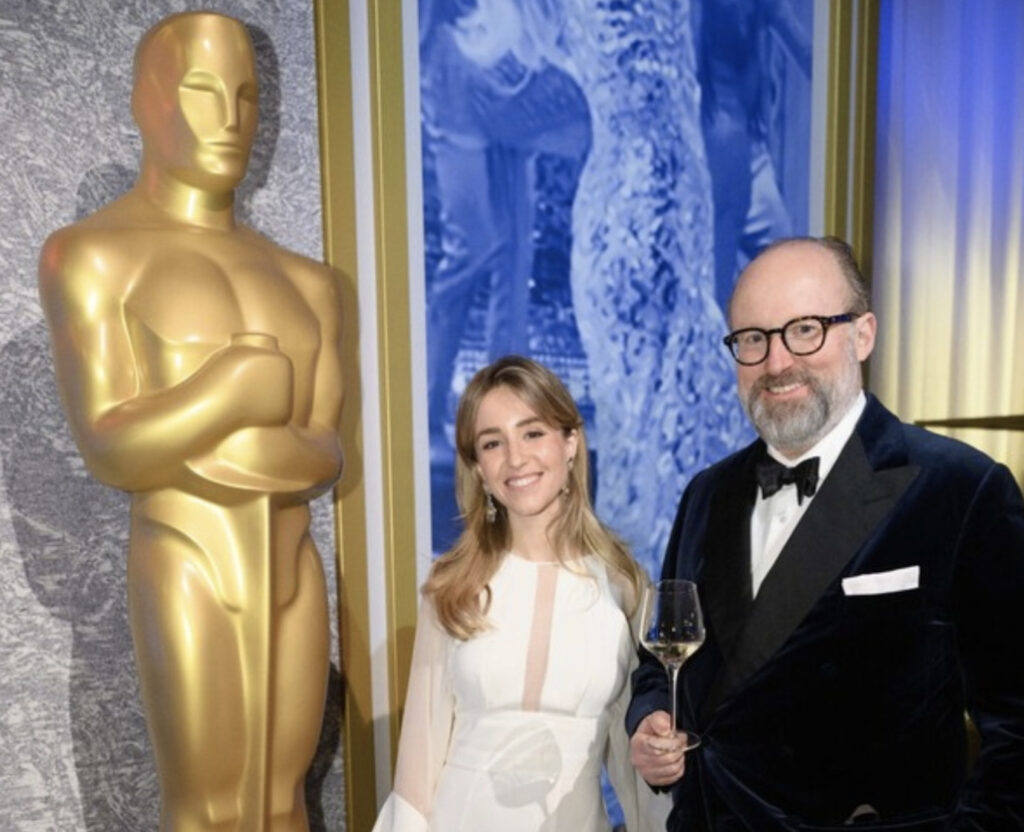
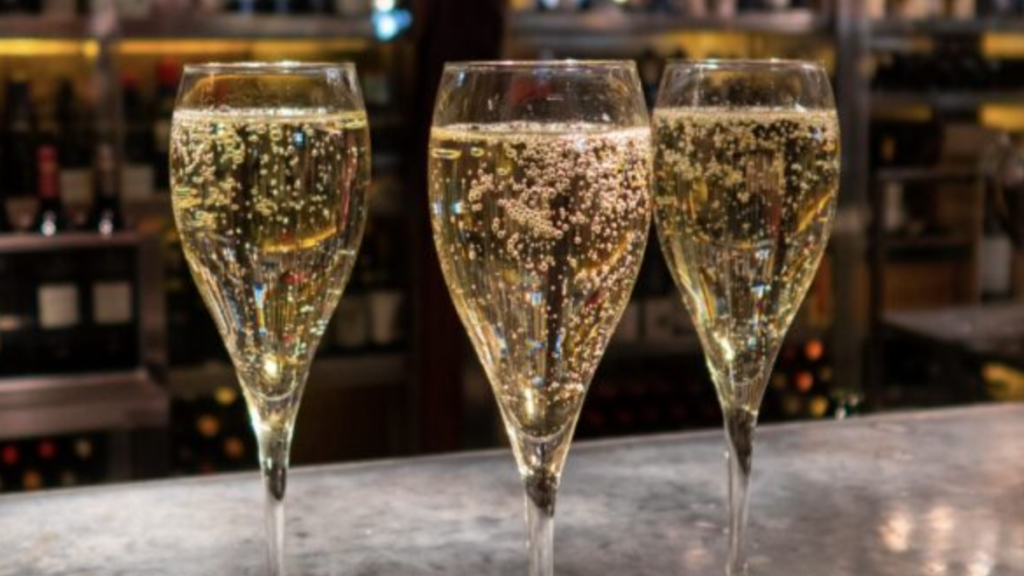
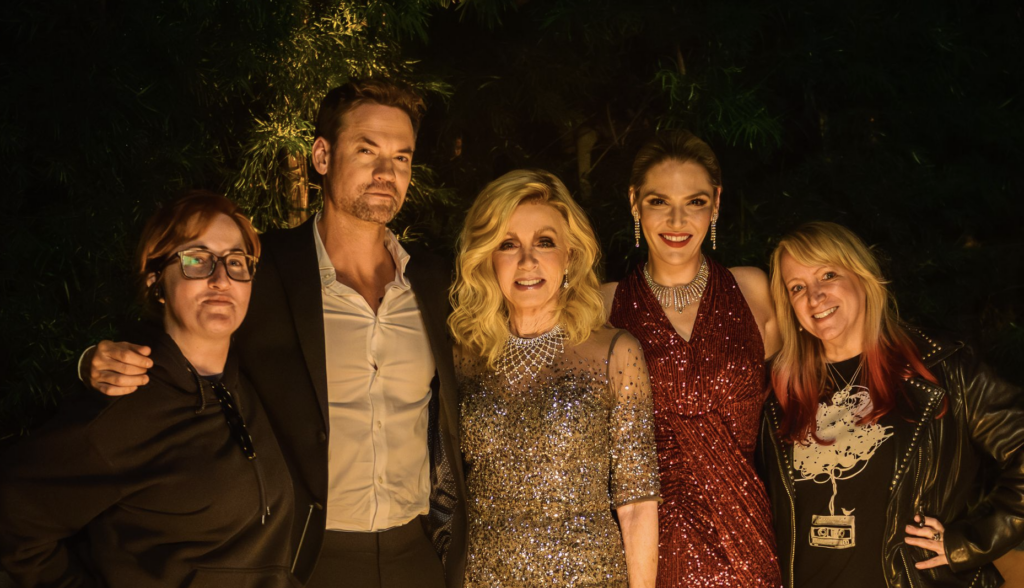
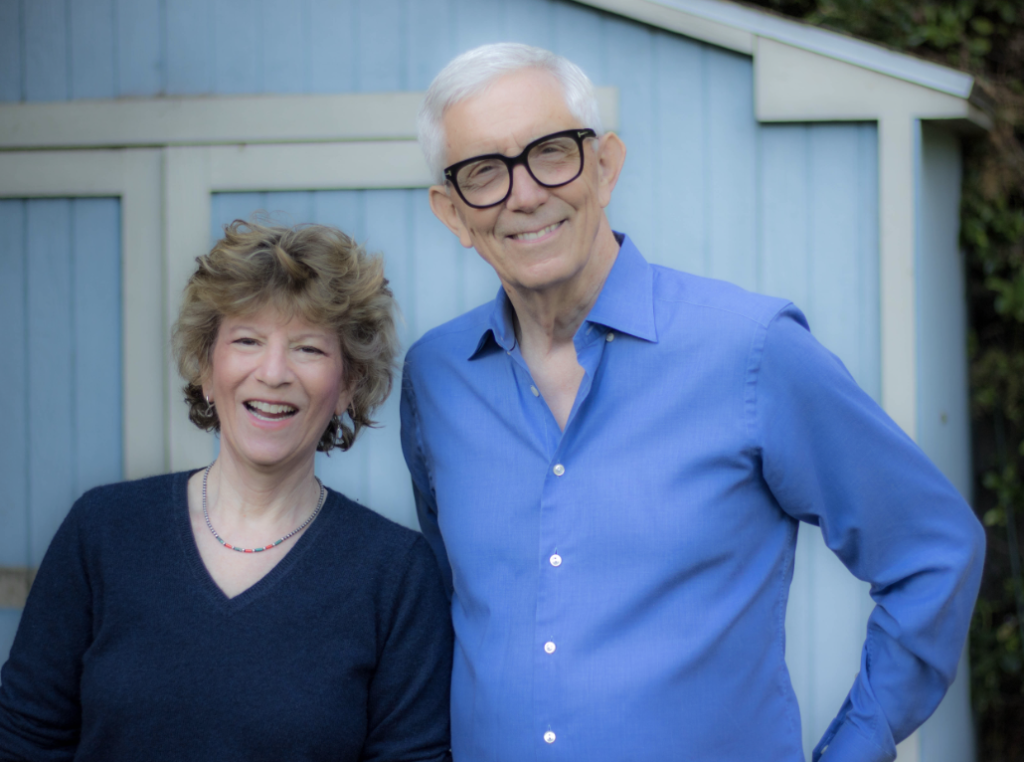

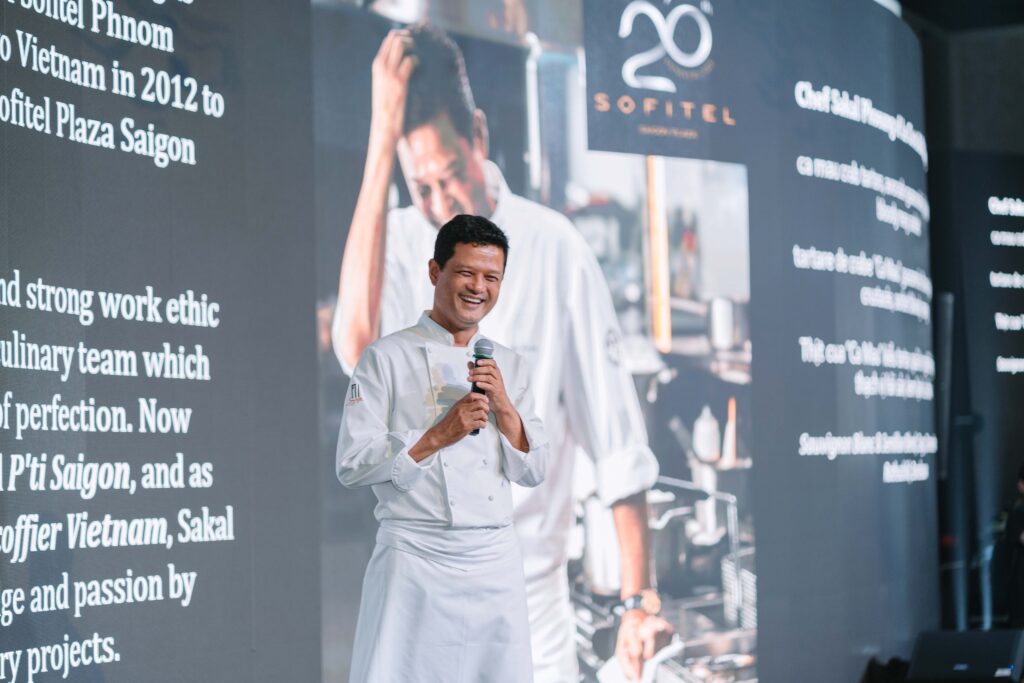

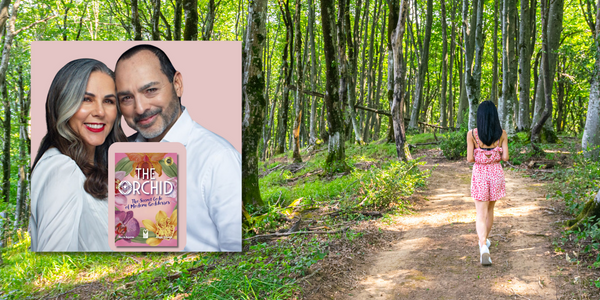

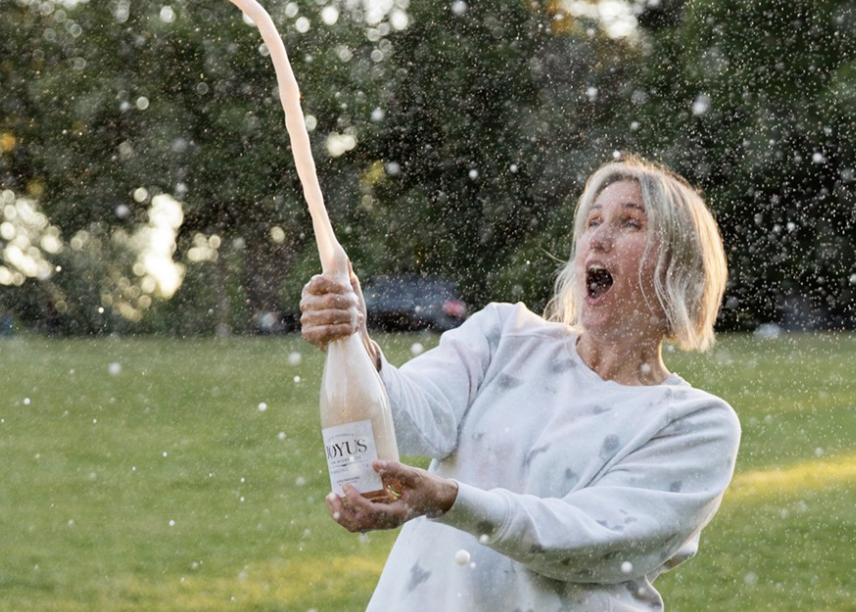



























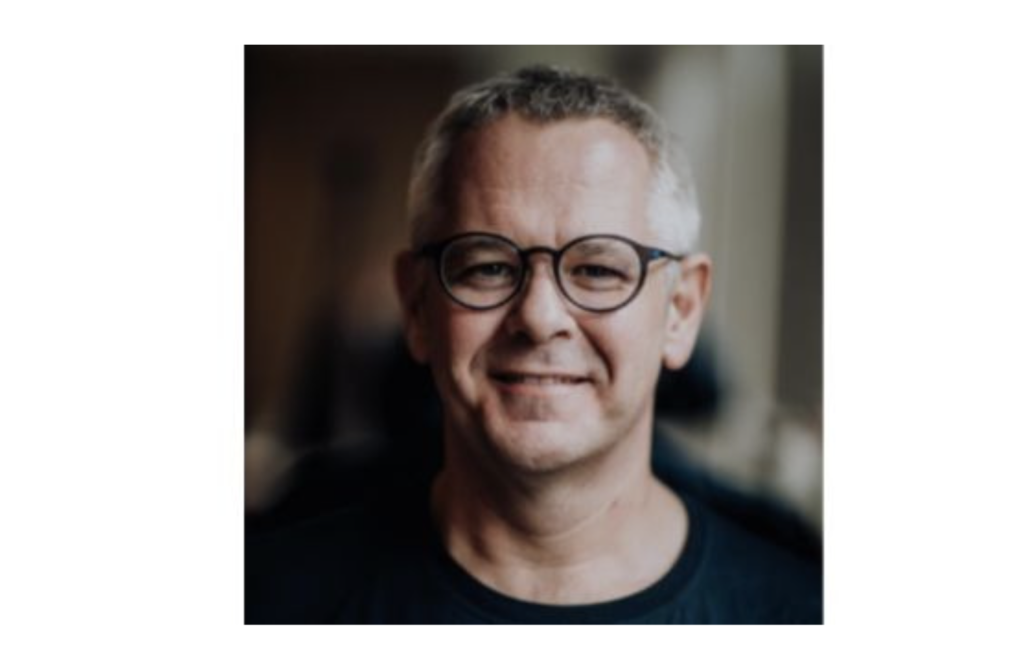
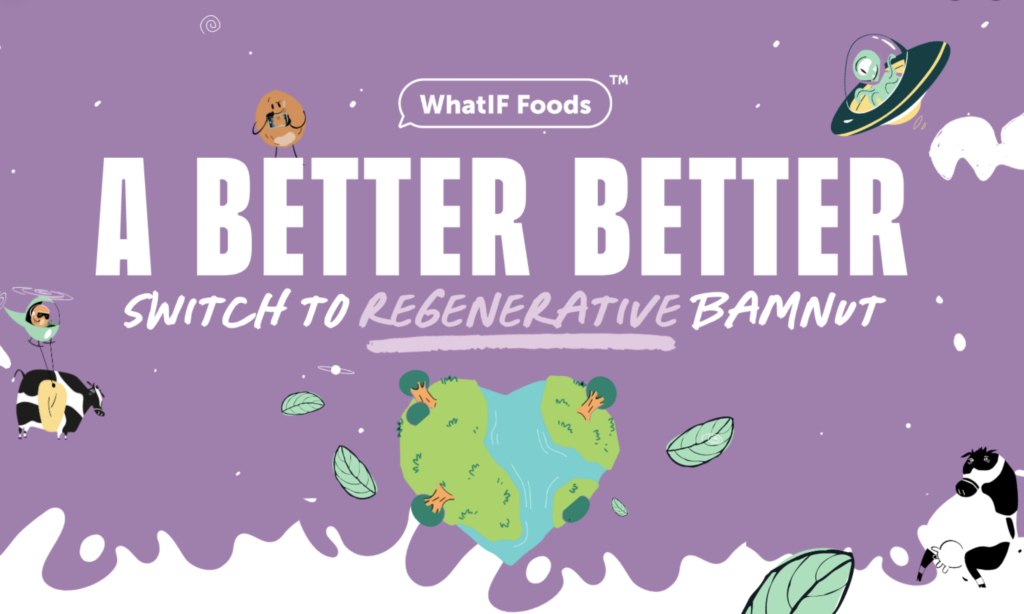
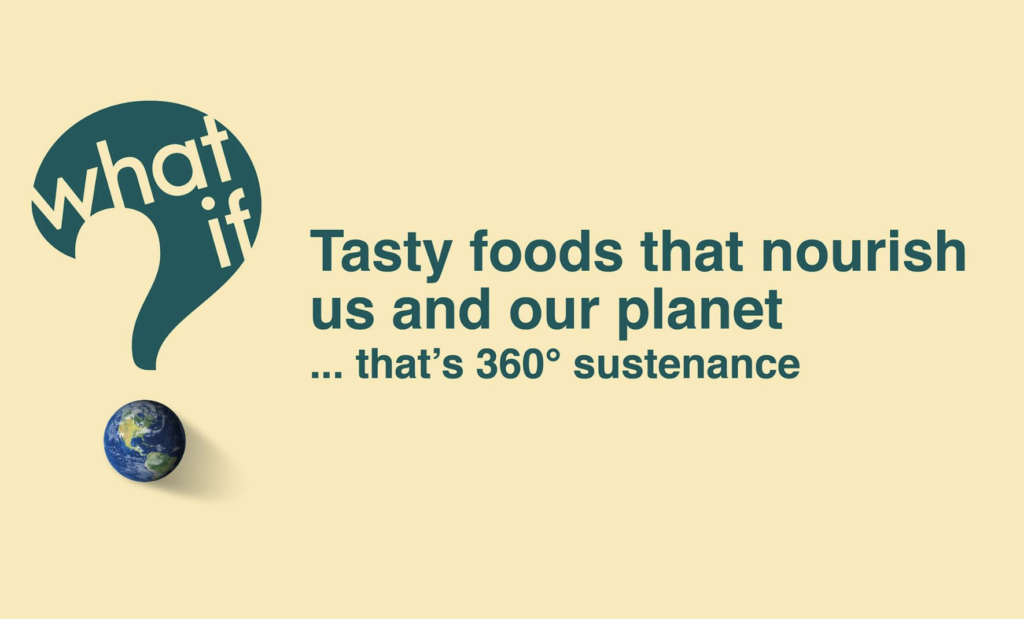
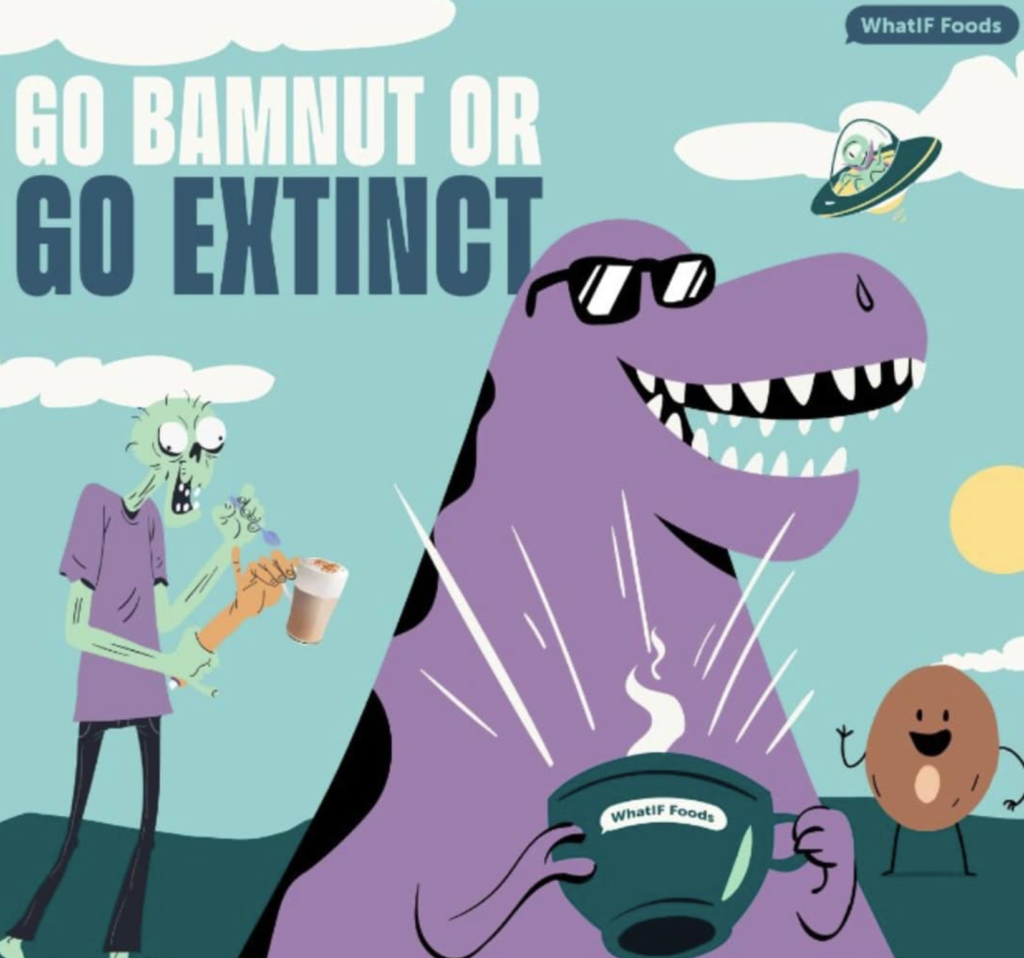


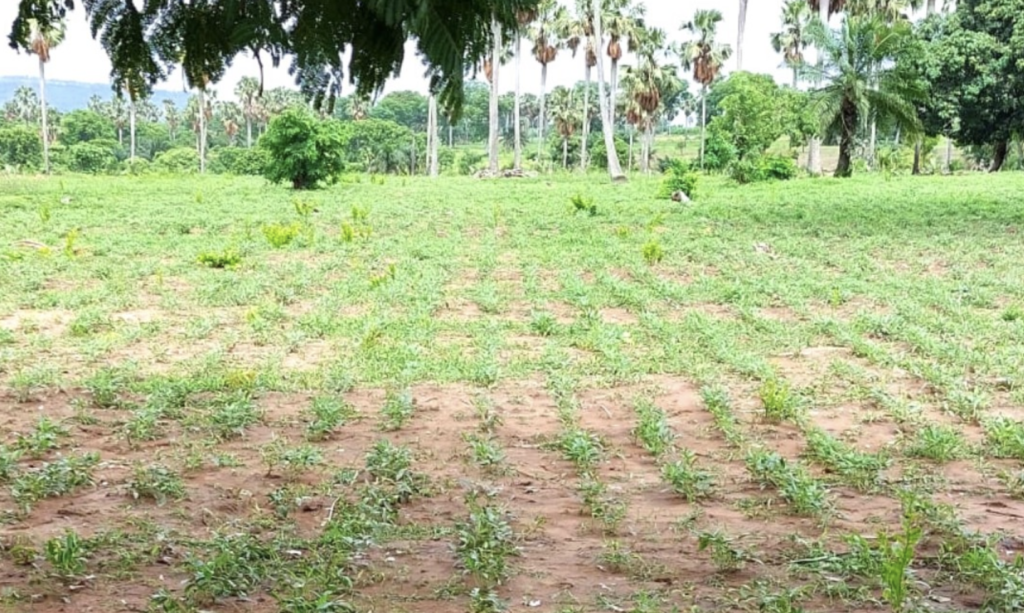
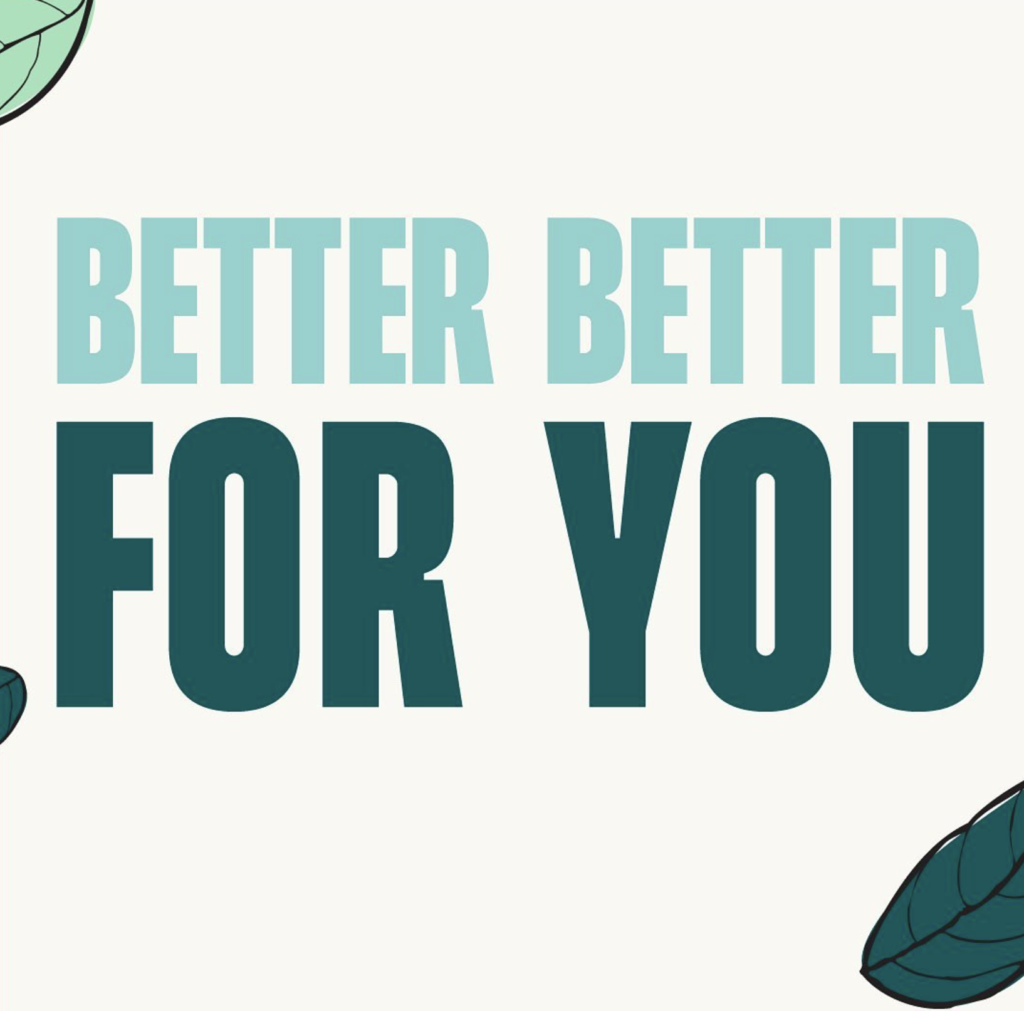
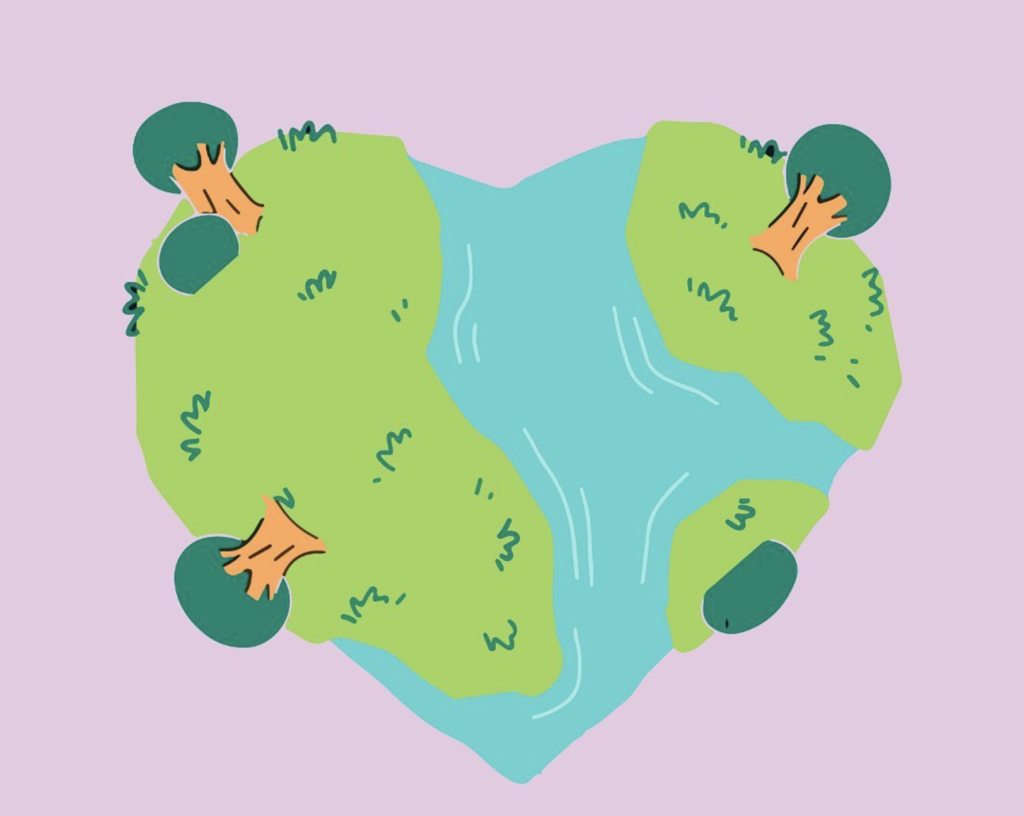
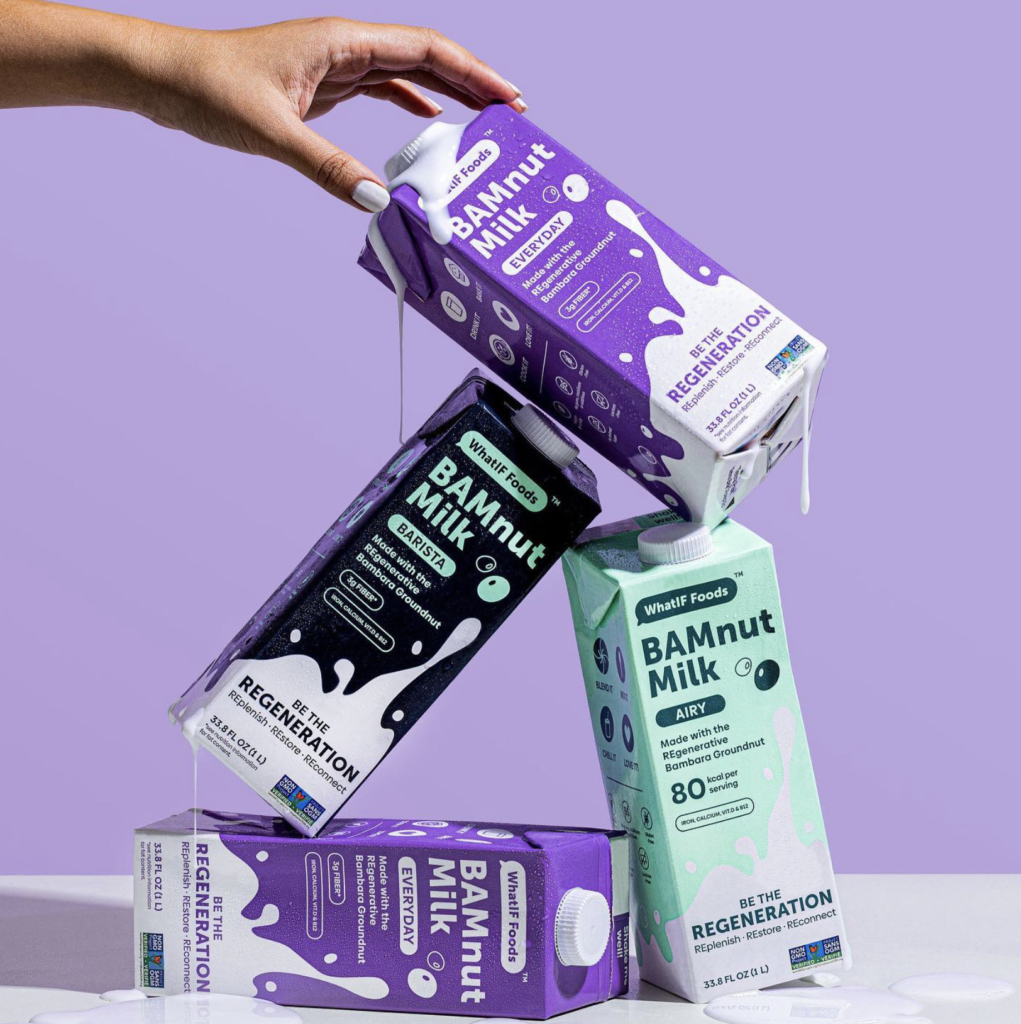
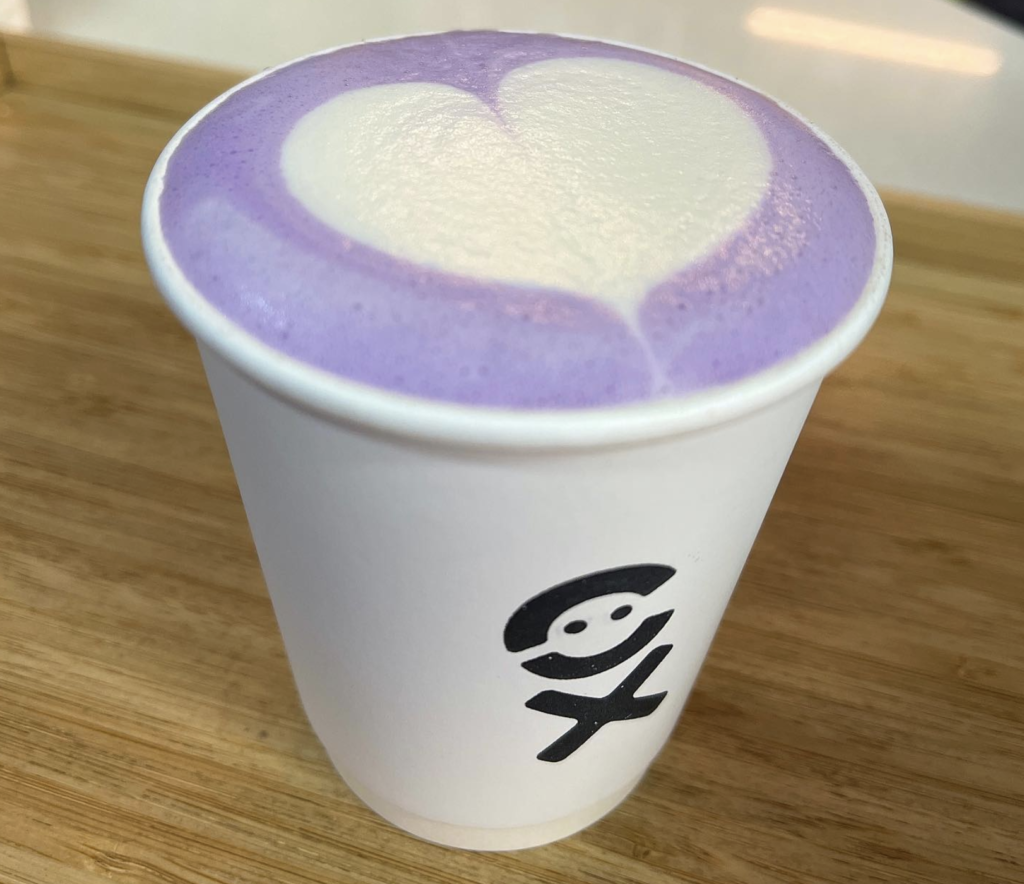

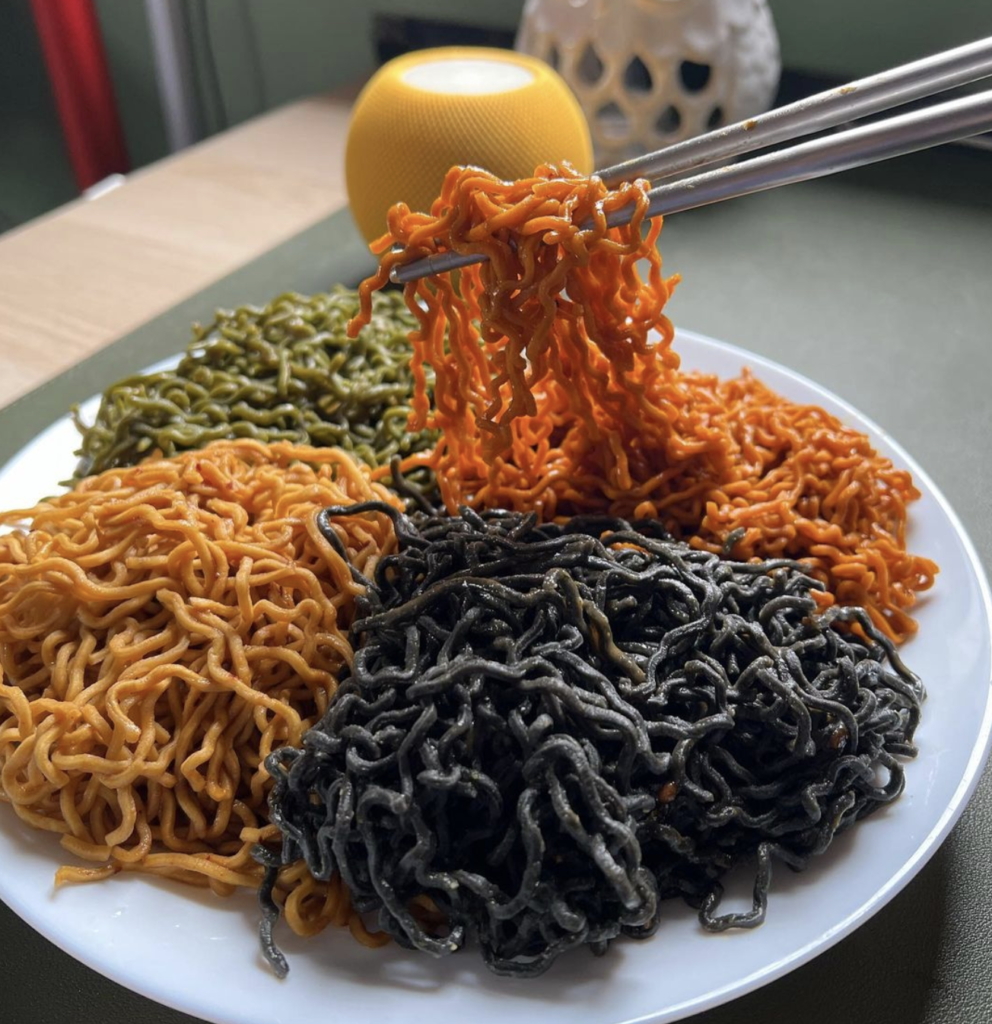
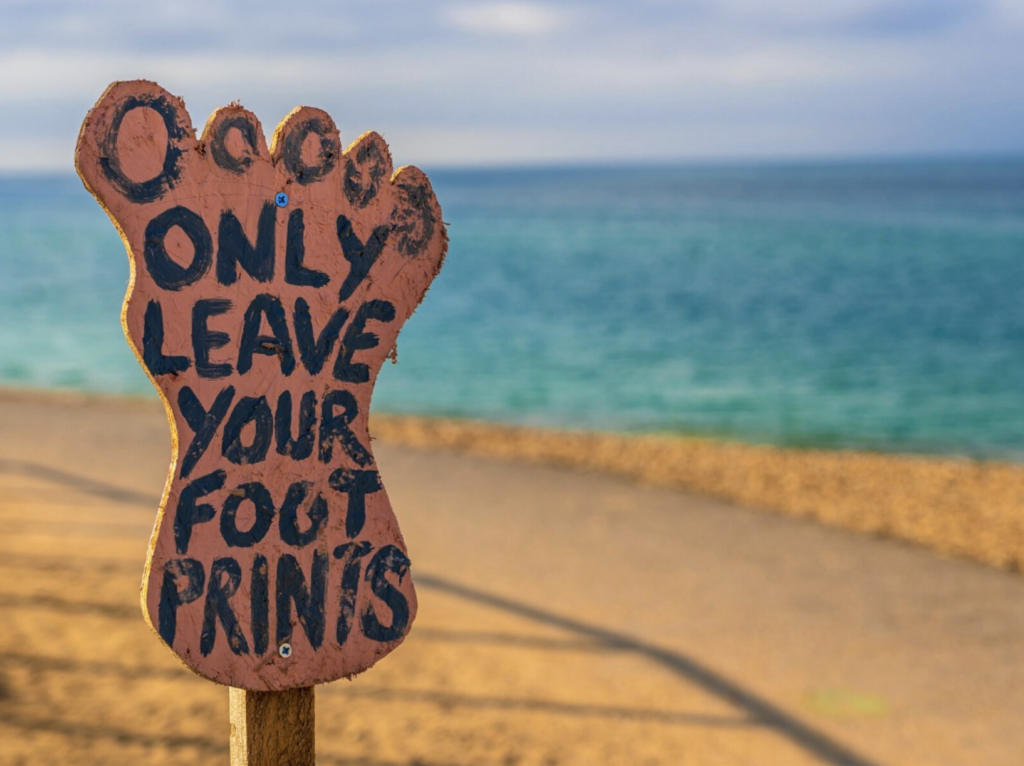
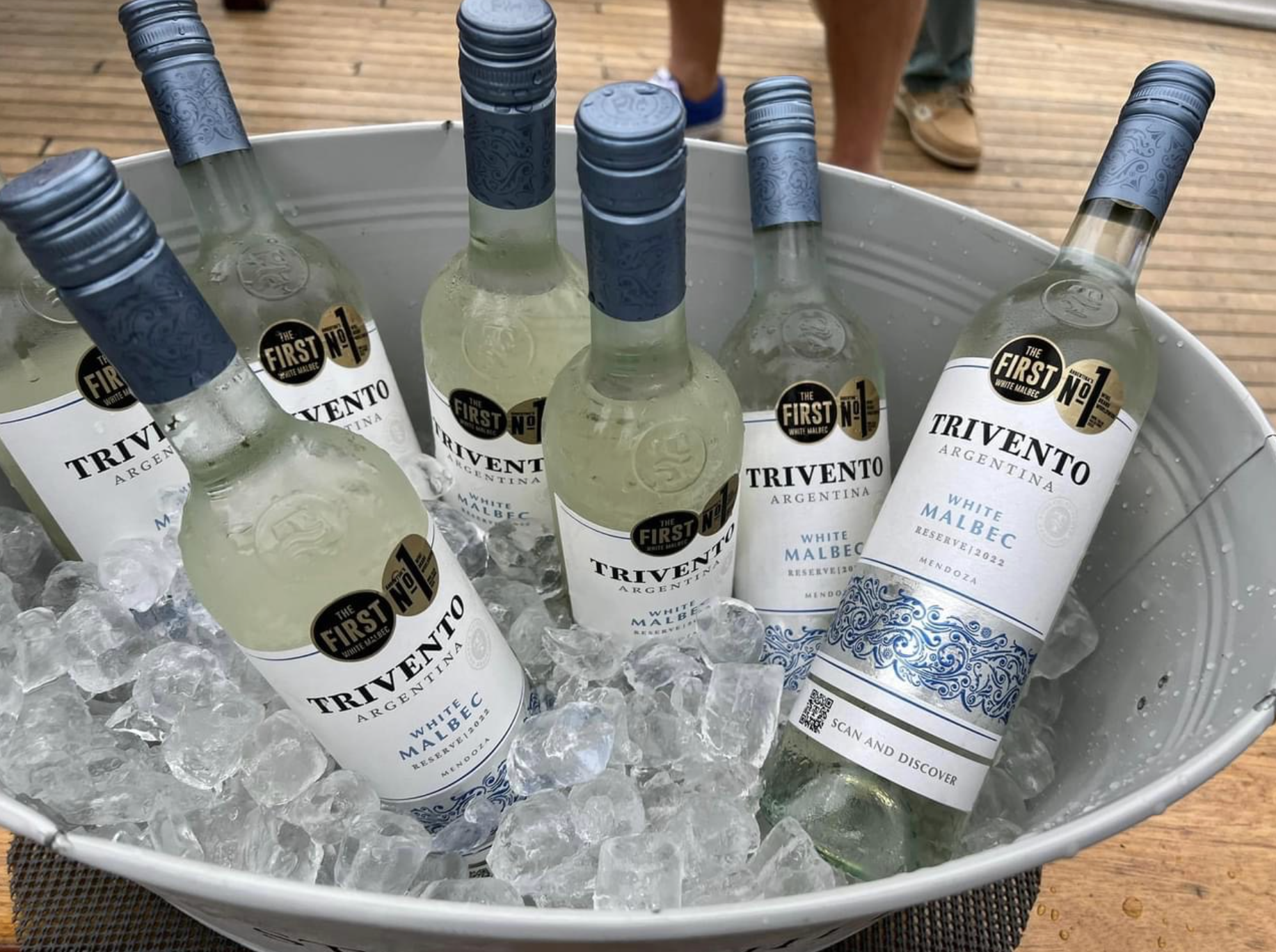


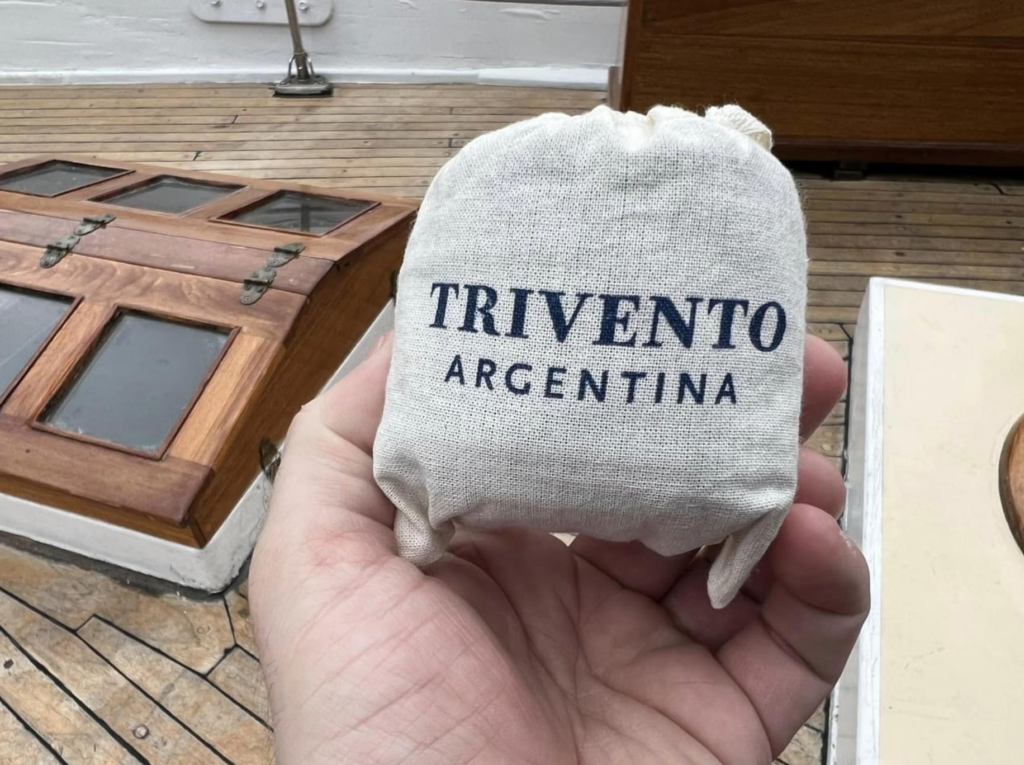


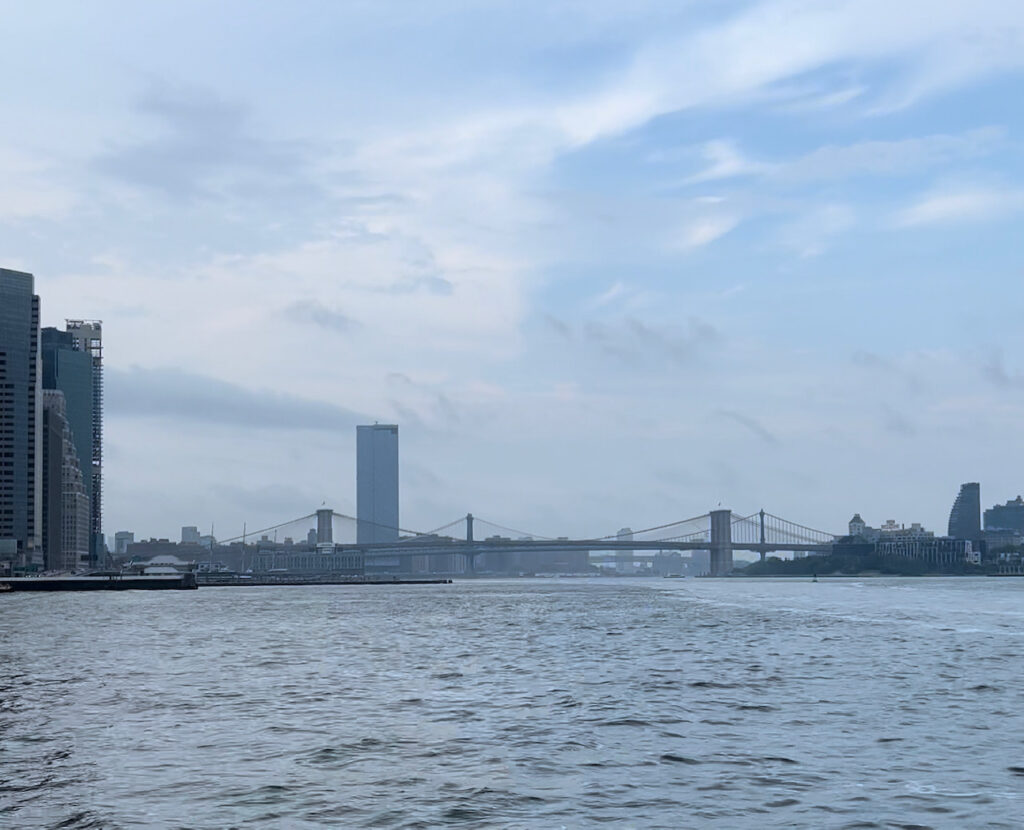




![DC Father's Day: Le Portteus Wine Decanter offers Flavor and Class for Dad [Gift Guide]](https://dc.flavrreport.com/wp-content/uploads/2023/05/Screenshot-2023-05-15-at-4.00.53-PM.png)



